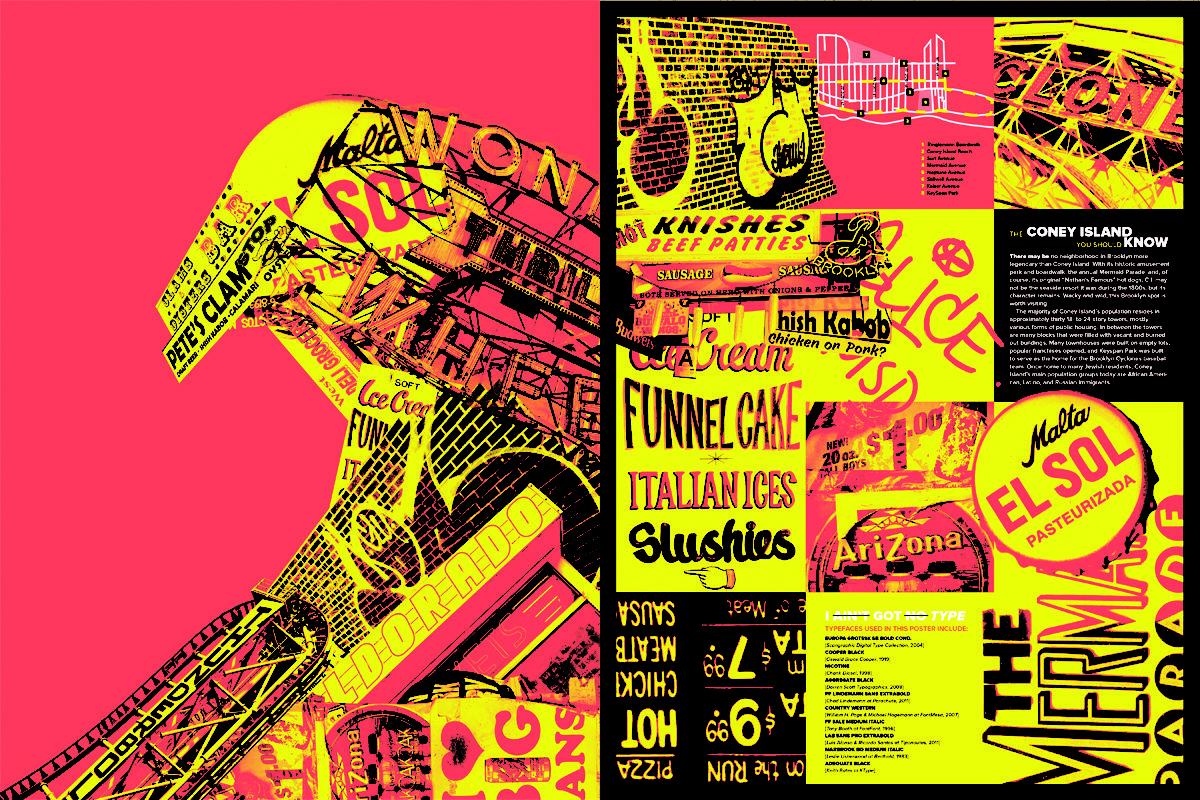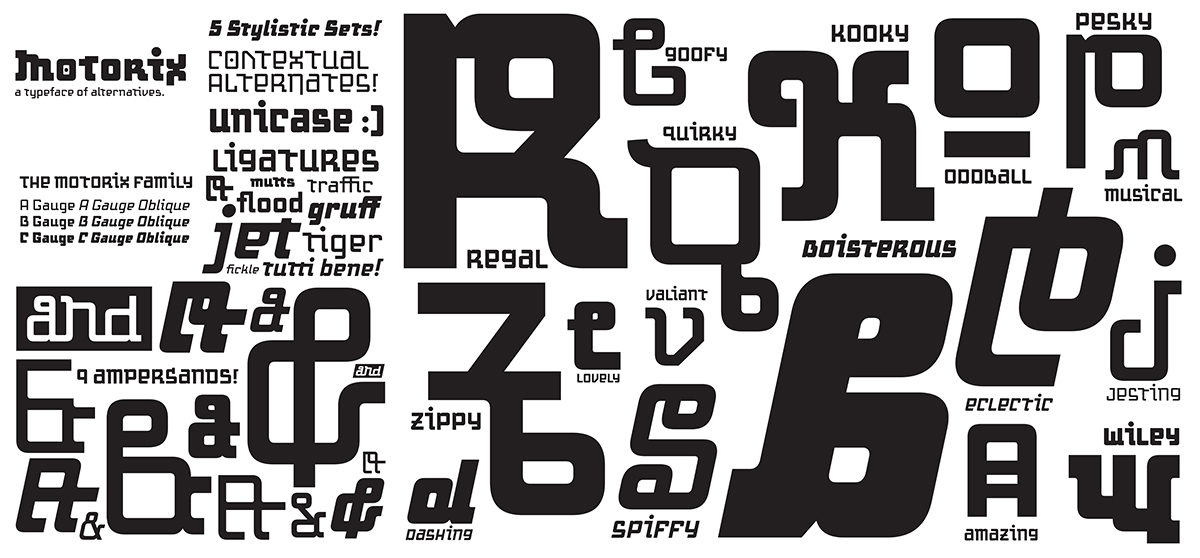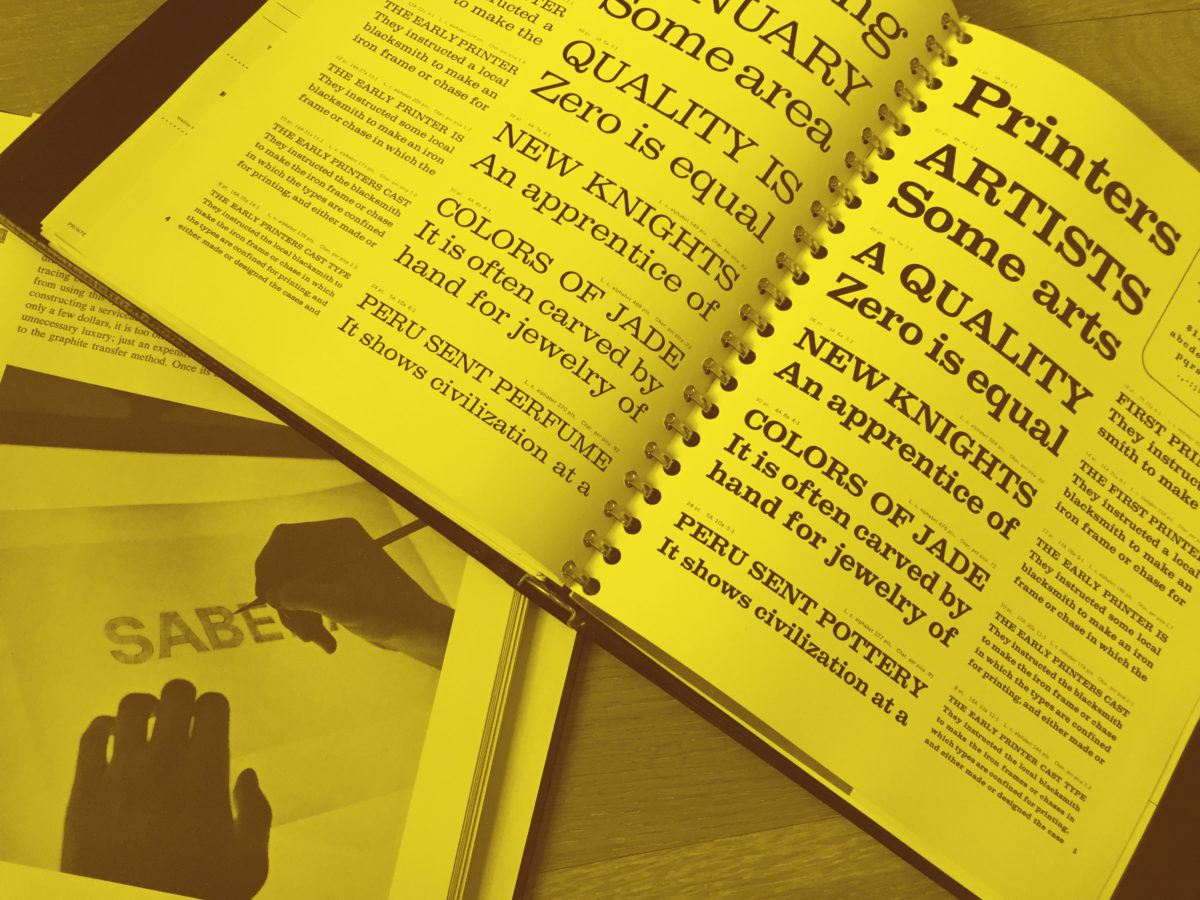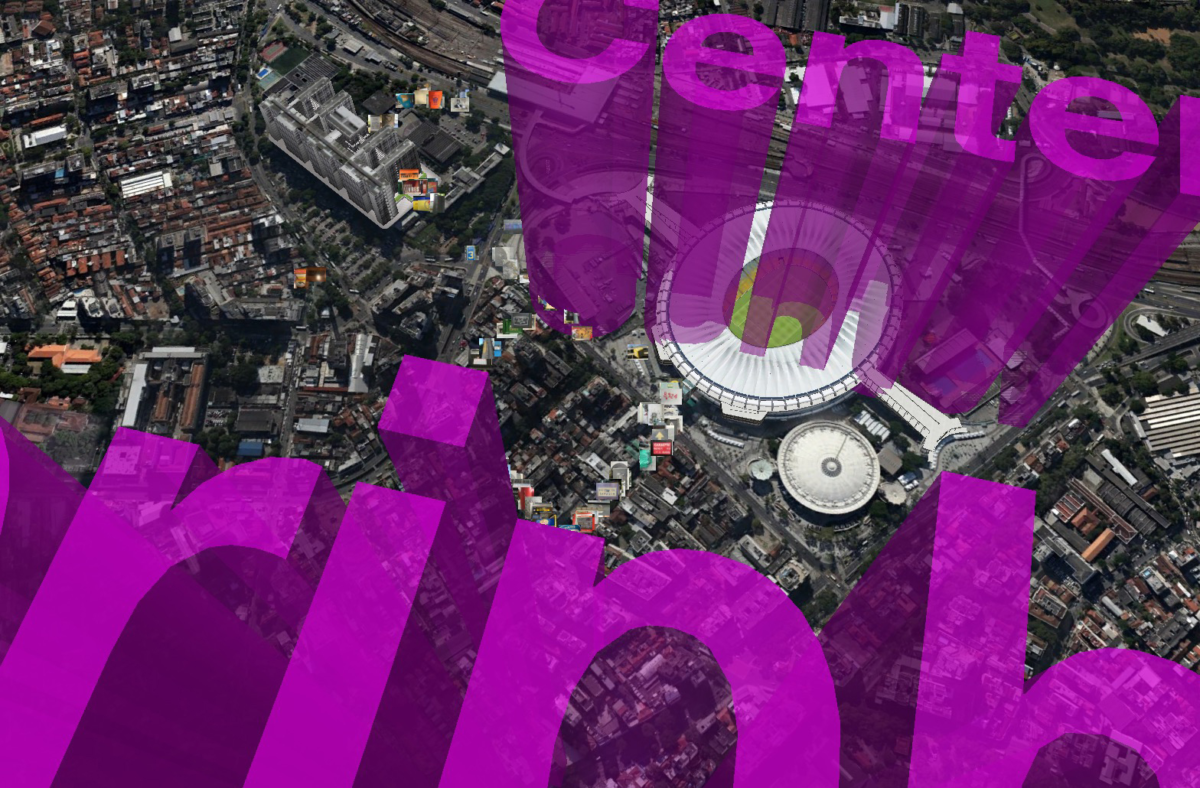Christie Shin
Assistant Professor
Communication Design
Fashion Institute of Technology
The printed page is not obsolete, and it will probably never be “dead” as many have predicted. As a matter of fact, a new wave of indie magazines has been thriving in recent years as a result of the streamlined process of publishing. However, as far as the overall media consumption is concerned, the war is over, and the printed media has lost. Today, screens in a variety of sizes are undoubtedly the primary platform for delivering and disseminating messages and information.
Despite the shift in media channel dominance, typography remains as the soul of visual communication design. The art of designing and using typeface as a means of communication and expression can still single-handedly elevate or destroy the aesthetics and function of a design – regardless whether it is printed on a piece of cardboard, or projected onto a silver screen.
The new possibilities in typographic design exponentially expanded following the transition to screen-based media, and the rules and principles of typography have changed in the world of digital design. As stated by Michael Worthington in the seminal book, The Education of a Graphic Designer, “ Most of graphic designers understand how printed type conveys its message to an audience, what its form signifies, but few understand how that differs in the environment of the screen. On the screen-based world of typography, what was stable in the print world becomes movable, alterable, and temporal. Some of Gerstner’s possibilities for static typography seem irrelevant, restrictive, or untranslatable in this new world. If his rules have been made anachronistic by current technology, I found myself questioning whether the written word should still be such a major part of our communication process.”
In order for the new generation of graphic designers to embrace and explore new possibilities in screen-based typography, we must begin to take concrete steps toward a true typography education reform. This presentation introduces the best typographic design projects from the newly developed courses at FIT including Kinetic Typography, Typography for Digital Content Design, Typography for Digital Product Design, and Content Centric App Design. The primary goal for the presentation is to showcase the innovative uses of pedagogy and teaching methodologies for teaching digital typography.
This research was presented at the Affiliated Society Meeting: Design Incubation Special Program on Typography on February 23, 2018.




